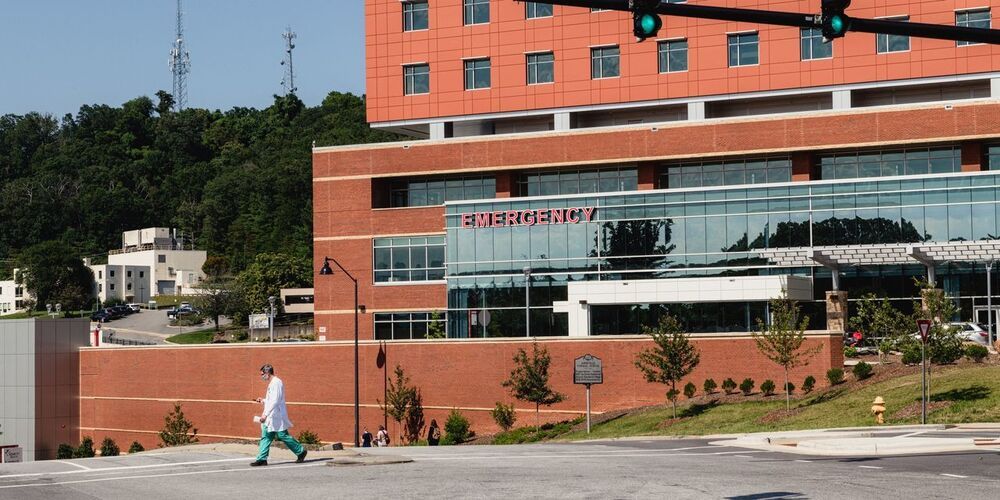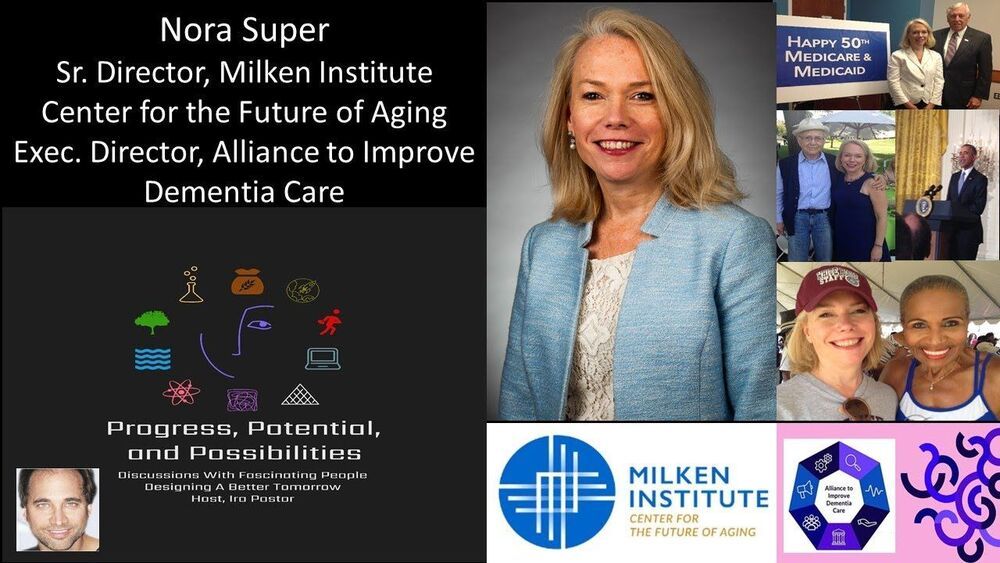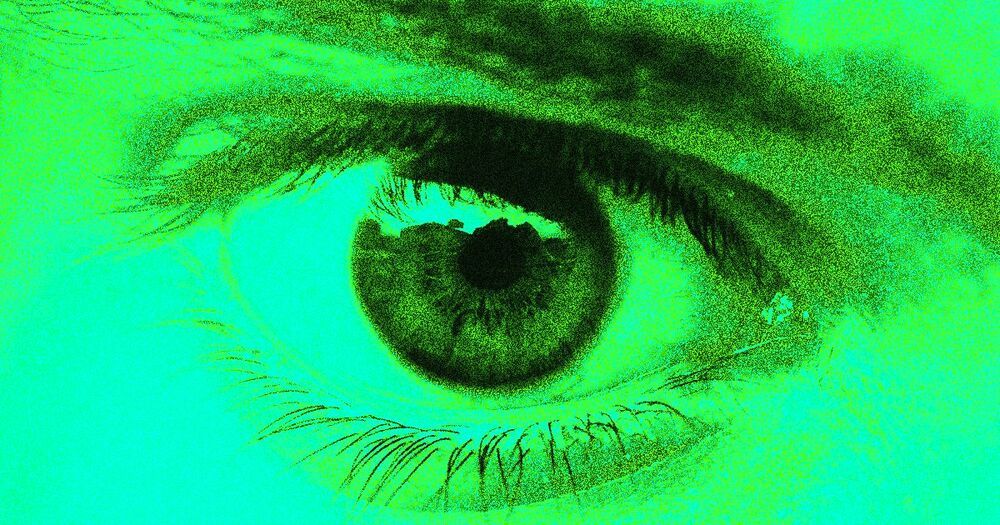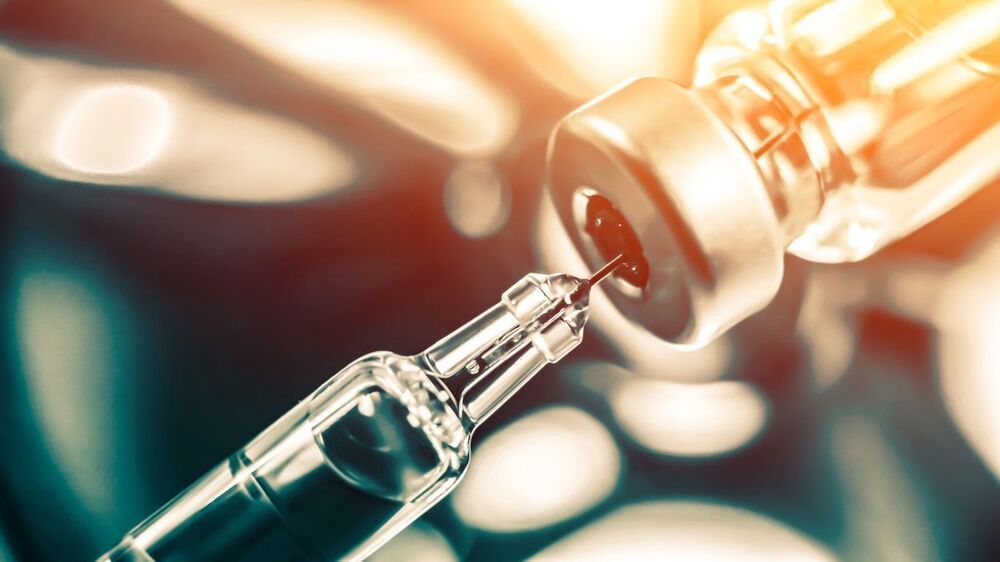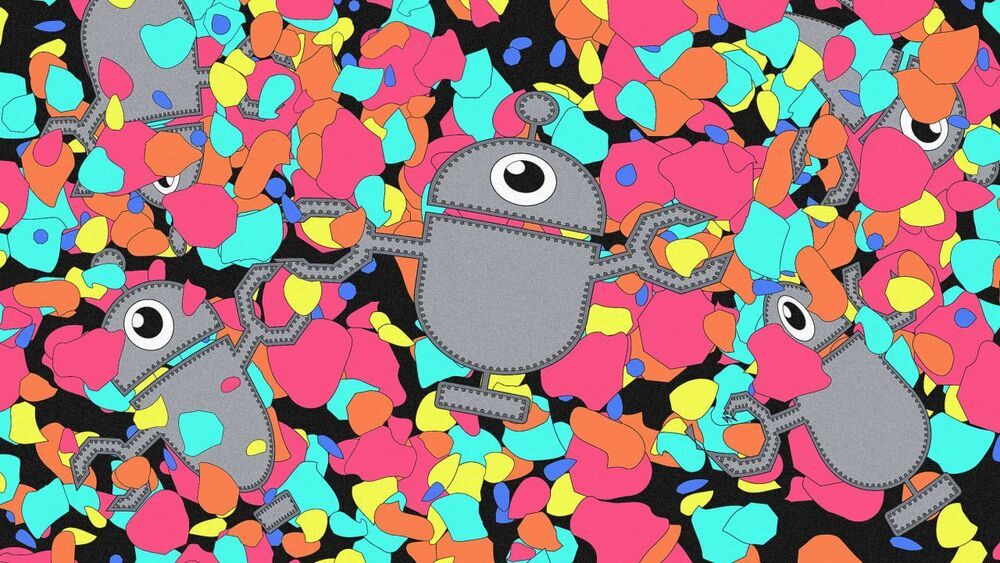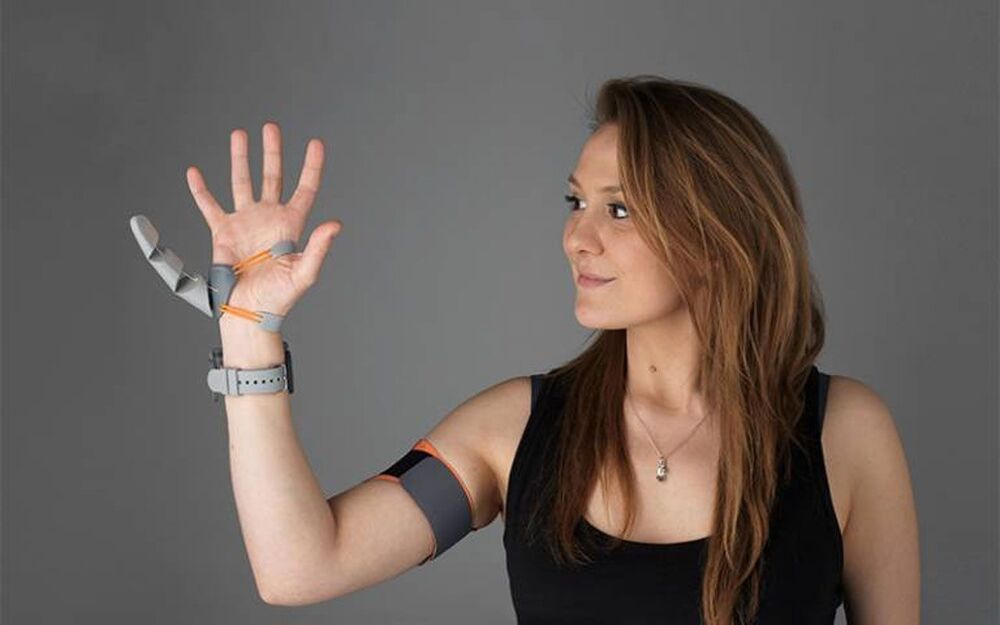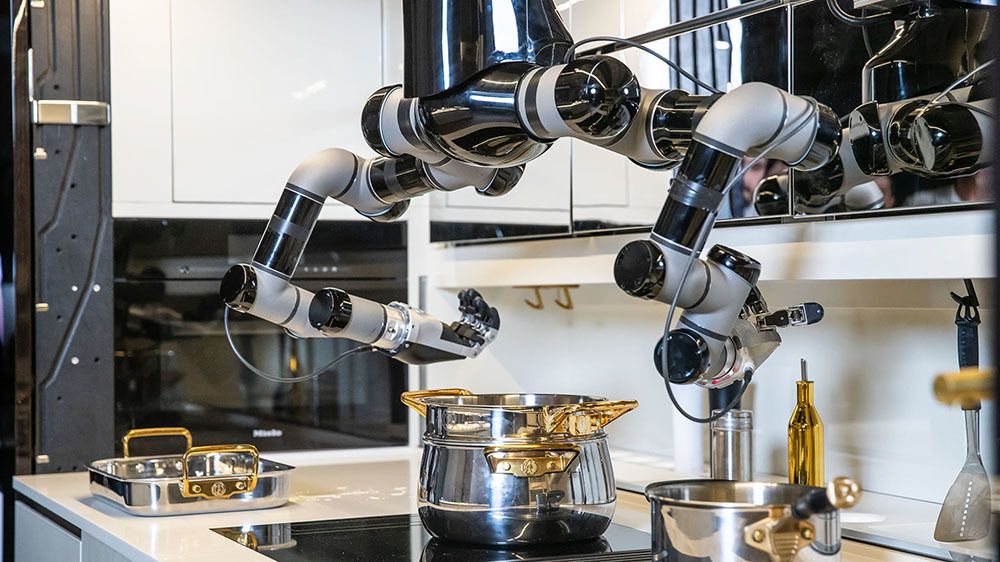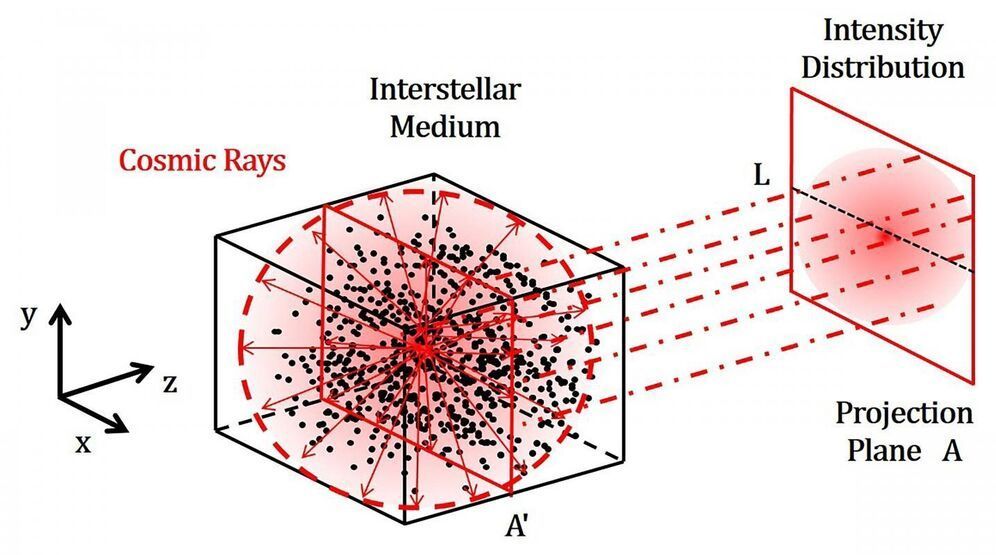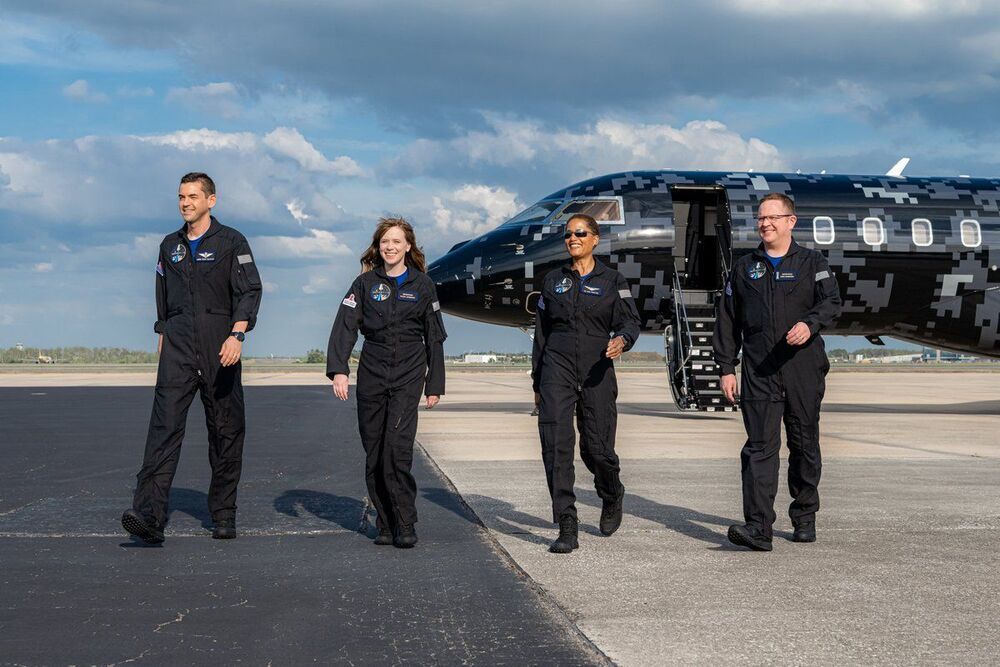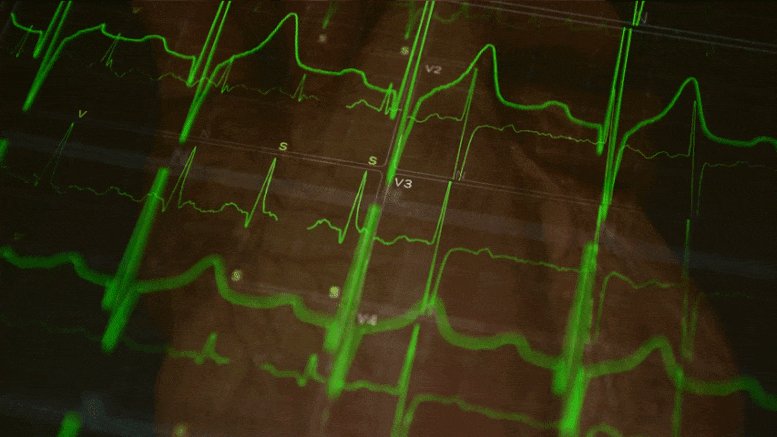Google and national hospital chain HCA will work to develop algorithms to help improve operating efficiency, monitor patients and guide doctors’ decisions.
Senior director, milken institute center for the future of aging, milken institute; executive director, alliance to improve dementia care.
Nora Super is the Senior Director of the Milken Institute Center for the Future of Aging (CFA) (https://milkeninstitute.org/centers/center-for-the-future-of-aging) and the Executive Director of the Milken Institute Alliance to Improve Dementia Care (https://milkeninstitute.org/centers/center-for-the-future-of…tia-care).
Mr. Super provides strategic direction for the two primary focus areas of CFA: Financial Wellness and Healthy Longevity, and oversees data-driven research, meaningful policy initiatives, and impactful convenings around the world.
The protein that lets algae respond to light also partially restored a man’s eyesight.
😃
Researchers developed a “pan-coronavirus” vaccine, designed to protect against many different strains of coronaviruses known to infect humans and bats.
Our oceans are filled with tiny pieces of plastic. These tiny devices can break them down.
UCL researchers have created a strange robotic “third thumb” that attaches to the hand and adds a large extra digit on the opposite side of the hand from the thumb. Researchers found that using the robotic thumb can impact how the hand is represented in the brain. For the research, scientists trained people to use an extra robotic thumb and found they could effectively carry out dexterous tasks such as building a tower of blocks using a single hand with two thumbs.
Researchers said that participants trained to use the extra thumb increasingly felt like it was part of their body. Initially, the Third Thumb was part of a project seeking to reframe the way people view prosthetics from replacing a lost function to becoming an extension of the human body. UCL Professor Tamar Makin says body augmentation is a growing field aimed at extending the physical abilities of humans.
Anyone who spends a lot of time in the kitchen knows that there’s at least one gadget out there for every single step in the cooking process. But there has never been an appliance that could handle them all. Until now, that is.
Later this year, London-based robotics company Moley will begin selling the first robot chef, according to the Financial Times. The company claims the ceiling-mounted device, called the Moley Robotics Kitchen, will be able to cook over 5000 recipes and even clean up after itself when it’s done.
Cosmic rays are high-energy atomic particles continually bombarding Earth’s surface at nearly the speed of light. Our planet’s magnetic field shields the surface from most of the radiation generated by these particles. Still, cosmic rays can cause electronic malfunctions and are the leading concern in planning for space missions.
Researchers know cosmic rays originate from the multitude of stars in the Milky Way, including our sun, and other galaxies. The difficulty is tracing the particles to specific sources, because the turbulence of interstellar gas, plasma, and dust causes them to scatter and rescatter in different directions.
In AIP Advances, University of Notre Dame researchers developed a simulation model to better understand these and other cosmic ray transport characteristics, with the goal of developing algorithms to enhance existing detection techniques.
Four private astronauts have been strapped into a centrifuge, climbing mountains and learning how to fly a spacecraft ahead of their flight to space — the first-ever crewed space mission without any “professional astronauts” on board.
The crew is preparing to launch this upcoming September as part of the Inspiration4 mission aboard a SpaceX Crew Dragon spacecraft. The mission, privately chartered by billionaire Jared Isaacman to support St. Jude Children’s Research Hospital, recruited three crew members in addition to Isaacman for the trip which will fly around the Earth for several days. The crew includes Isaacman, St. Jude physician’s assistant and childhood bone cancer survivor Hayley Arcenaux, data engineer Chris Sembroski and geoscientist, science communicator and artist Sian Proctor.
Researchers identify a mechanism that could lead to new treatments for brain injuries caused by oxygen deprivation.
In a surprising discovery, researchers at Massachusetts General Hospital (MGH) identified a mechanism that protects the brain from the effects of hypoxia, a potentially lethal deprivation of oxygen. This serendipitous finding, which they report in Nature Communications, could aid in the development of therapies for strokes, as well as brain injury that can result from cardiac arrest, among other conditions.
However, this study began with a very different objective, explains senior author Fumito Ichinose, MD, PhD, an attending physician in the Department of Anesthesia, Critical Care and Pain Medicine at MGH, and principal investigator in the Anesthesia Center for Critical Care Research. One area of focus for Ichinose and his team is developing techniques for inducing suspended animation, that is, putting a human’s vital functions on temporary hold, with the ability to “reawaken” them later. This state of being would be similar to what bears and other animals experience during hibernation. Ichinose believes that the ability to safely induce suspended animation could have valuable medical applications, such as pausing the life processes of a patient with an incurable disease until an effective therapy is found. It could also allow humans to travel long distances in space (which has frequently been depicted in science fiction).
